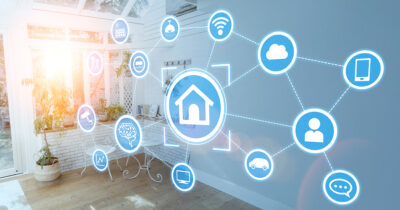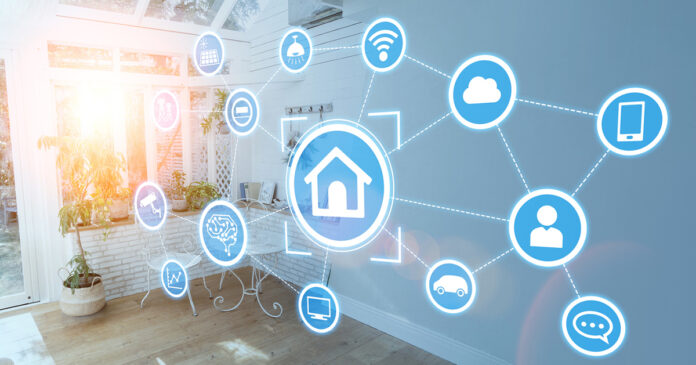
More and more homeowners are employing smart-home technology within their homes. It may start with a video doorbell or lights and progress to other devices. The smart-home device market is rapidly growing and Forbes research expects it to grow from $55 billion in 2016 to $174 billion in 2025.
The popularity of these high-tech features will require a few additional steps to consider when selling a home. The seller should determine which items will and will not stay with the sale of the home and identify them in the listing agreement.
Confusion can arise when a home’s marketing mentions its smart-home technology and is unclear if a piece like the hub, which is easily considered personal property but is integral to the working of the system. Some might consider it an accessory and others a component.
A smart home can contain multiple technology devices connected to the Internet that allow them to be controlled or accessed from computers, tablets or, most commonly, on mobile apps. Many of the devices can also be accessed through a hub like an Amazon Echo or Google Home.
Thermostats and lights may have been some of the first such devices but the video doorbells added a new level of WOW factor by being able to see and talk to the person at your door and even get a video recording. Porch pirates are now seeing their images on social media caught in the act, thanks to these devices.
Homeowners sometimes start with one item like a smart sprinkler system control. When they find out how cool it is and that it actually saves them money, not to mention how convenient it is, they starting planning their next smart-home device purchase. Some of these items absolutely are permanent and become real property while others border on personal and real property.
If the seller is including smart devices with the sale of the home, they should have administrative access and any personal information removed and return the devices to the default settings. The seller should also review the privacy settings and delete the permissions for their personal mobile devices. For the benefit of the buyer, any manuals or warranties should be left for the new owner.
Equally as important, the buyer should verify that the smart devices have been returned to their factory settings and no longer coupled with the seller’s mobile devices. The buyers can create their own account to register the devices in their name. Then, as security updates are available, they will be notified. At the same time, the buyer will want to create new access codes
and preferences.



